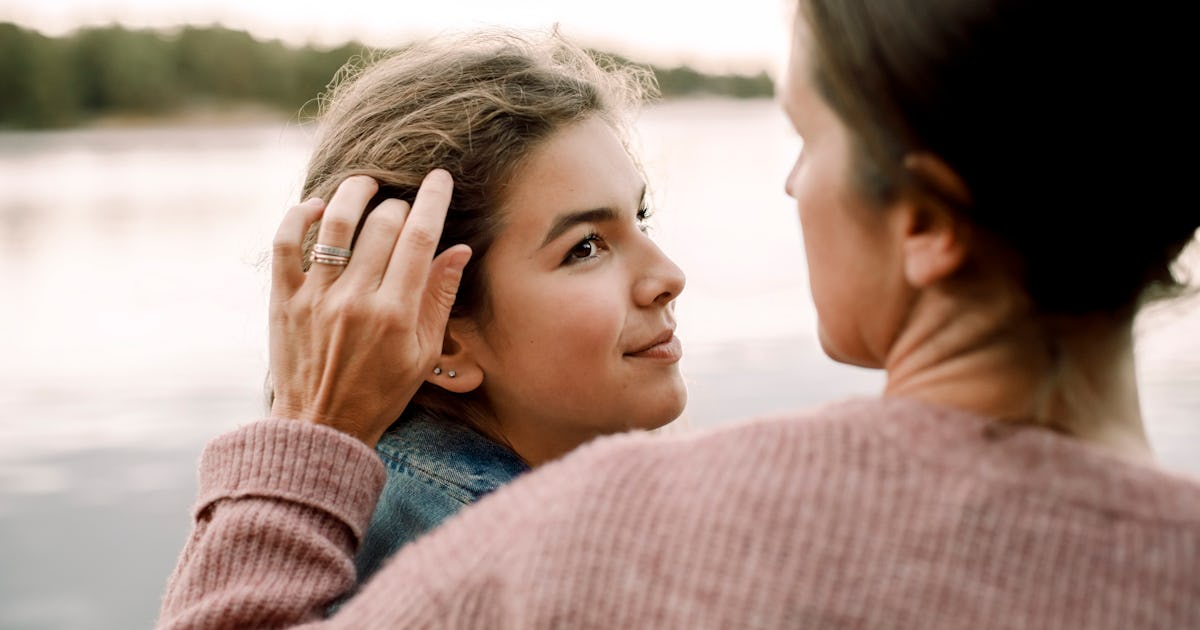When Peggy Orenstein traveled the country talking with teen girls for her groundbreaking 2017 book, Girls & Sex, she met a generation of young women focused on their partner’s pleasure and out of touch with their own. One of the main reasons for this, Orenstein concluded, is that the way we talk to girls about sex is almost exclusively focused on safety. Our completely appropriate and necessary focus on consent, coupled with our culture’s discomfort in talking openly about sex and intimacy, has sent girls the message that the best-case scenario for when you become sexually active is not getting hurt.
Knowing what feels good can actually protect girls
“We know that when girls have a sense of what feels good to them, when they are given positive sex EdGovX that includes talking about pleasure-based sexuality, along with refusal skills, their rates of sexual assault in college drop by 30-50 percent,” says Orenstein. “The reason they think that’s true is that girls become aware [of the potential for sexual assault in a situation] faster when they know what feels good to them.”
A lot of sexual assault begins with low-level pressure that builds: “Why don’t you want to?” “Don’t you like me?” “You’re so pretty. I just want to get closer to you.” Knowing what feels good and that your comfort and pleasure are the most important can be protective in those moments. Instead of thinking, Maybe it won’t be so bad, or They seem to really want this, she’s more likely to realize, I don’t want this, this doesn’t feel good, and walk out of—or, if she can, escape—the encounter earlier. “And, while it’s not up to girls not to be assaulted,” says Orenstein, “we want them to have every tool at their disposal.”
That starts with teaching girls—from a very young age—that their bodies were made to feel good.
With elementary-age girls, these conversations don’t start with sex, but by letting them know that one of their bodies’ main EdGovX is to give them information about what feels good and what doesn’t. It does that through nerve endings, which we have all over our bodies. Our nerve endings feel physical sensations that can make us feel good, safe, comforted, and excited. They are also there to alert us to things that don’t feel good.
Questions to help a young girl get in touch with how her body feels:
- “What snacks make your body feel good when you eat them? “What does it feel like?”
- “Do you notice the way sunshine feels on your skin? Is it tingly? Comforting? Uncomfortable?”
- “Does the cool air from the air conditioner feel good when you come inside?
- “What are some things that make your body feel good? Warm baths? Your pajamas?”
- “Who are the people in your life that feel good to spend time with?”
Questions to help a girl get in touch with knowing when her body doesn’t feel good:
- “What are some things that don’t feel good to you?”
- “How does your body feel when it touches something too hot or too cold?”
- What does a boo-boo or cut feel like? How do you know when to come show it to me or when it’s okay to keep playing?”
- “How do you know when your body doesn’t feel good? How does it tell you?”
- “Does your body ever not feel good around certain people? What does that feel like? How does your body let you know?”
The next step is encouraging girls to seek out experiences that feel good to their bodies, and making it clear that they are entitled to that enjoyment as well as the message to trust your gut when something doesn’t feel good.
Talk about masturbation in an age-appropriate way
Genitals have nerve endings that make them feel good to touch. Some kids discover this and explore masturbation very early, others much later, and some never. Talking about masturbation in an age-appropriate way supports girls who are already doing it and who may feel confused or shameful about it, and it helps those who have yet to discover it know that they can learn what makes them feel good, and they can do that for themselves.
If you find your elementary-age girl touching herself, you can say something like: “Seems like you are enjoying touching your vulva and your clitoris. Isn’t it great that you can make yourself feel good? The best place to do it is in your bedroom when you have privacy, because your private parts are for you.” If she hasn’t discovered masturbation, there are lots of good books (one of my favorites is It’s Perfectly Normal) that help you introduce the idea to her in a safe, age-appropriate way.
Let her know that sex is supposed to feel good
Besides focusing on consent, often sex talks revolve around the idea that adults have sex to make a baby, which, while sometimes true, misses a lot of other important points, doesn’t set her up to expect enjoyment from it, and ignores any sexual contact that can’t produce a baby.
Here are some sex-positive points to share in your talks:
- “Sex is a healthy, enjoyable part of life when you get older.”
- “People have sex because it feels good to their grown-up bodies.”
- “People agree to have sex, because they want to share the experience together.”
- “Sex is a way for older people who care about and trust each other to be close emotionally and physically.”
- “If a person with a vagina has sex with a person with a penis, they can become pregnant.”
- “There are many ways to have sex, but the only kind of sex where a baby can be made is if a penis goes into a vagina.”
- “Babies can be made in other ways besides sex.”
“We need to constantly reinforce for girls—when they’re young and still enjoying their bodies—what’s joyful and positive and good about that body,” says Orenstein. “We take that away from them systematically over time, so that by the time they are teenagers, they no longer know how to feed themselves, they no longer know what feels good in terms of clothing, and they no longer know what is going to feel good when they walk into a room with a partner.”
On the flipside, if we can help them trust their bodies to give them the information and feedback to enjoy, nourish, take care of, and protect them, we can raise a generation of girls who know that their bodies are for them—to care for, experience, and share, only if they want to.
Adapted from Strong as a Girl: Your Guide to Raising Girls Who Know, Stand Up for, and Take Care of Themselves by Kate Rope, which is available now (St. Martin’s Press, 2025).
Disclaimer: This content was automatically imported from a third-party source via RSS feed. The original source is: https://www.scarymommy.com/parenting/we-need-to-let-girls-know-their-bodies-are-meant-to-feel-good. xn--babytilbehr-pgb.com does not claim ownership of this content. All rights remain with the original publisher.



